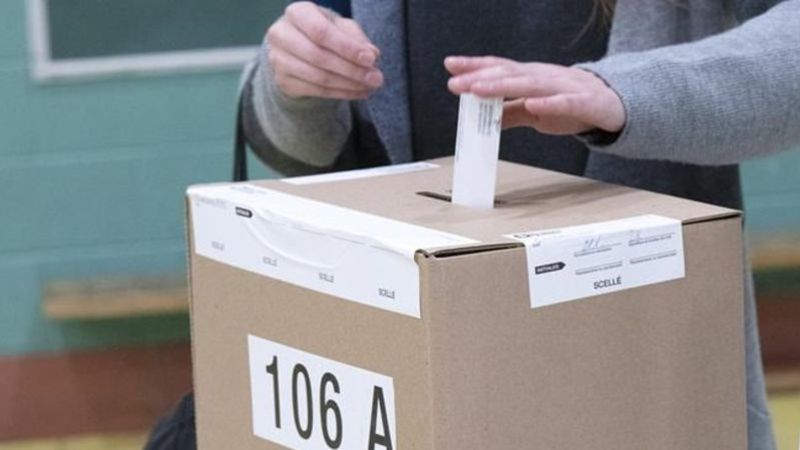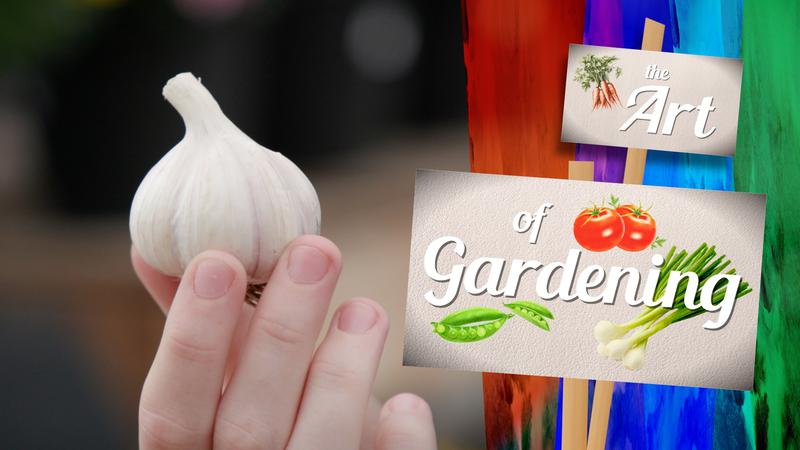
ROTHENBURGER: When it comes to voter turnouts in civic elections, size matters
BIG DAY TODAY — the day we get to pick our new mayors and councils. When I say ‘we,’ I mean those of us who actually do vote. We are a mere one-third of those who are eligible. The 30 per cent turnout for civic elections is a poser.
It’s way less than half the normal turnout for federal elections, yet municipal councils are closest to home. We’ve been scratching our heads for decades trying to figure it out. We think that if we can find ways to make voting easier, more people will do it.
So we can now vote by mail — and indications are more people are doing it that way this time. But that probably only means that a certain number of people who would have voted anyway are putting their ballots in a mailbox instead of in a ballot box at a polling station.
The same can be said should we get into online voting. And the same thing happens when polling stations are added. We could open polling stations for 24 hours a day for a week and it would change nothing. That’s my own conjecture, of course, but it’s based on some pretty good logic.


